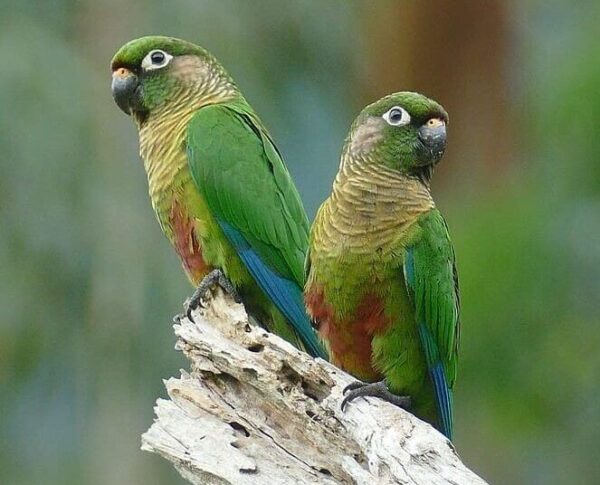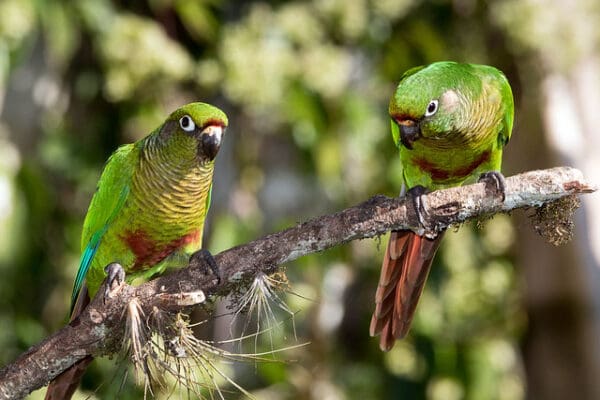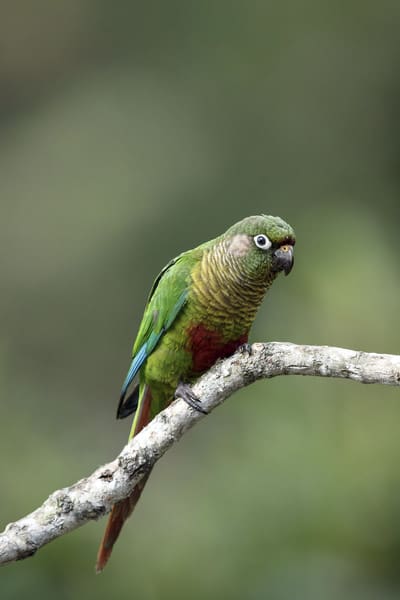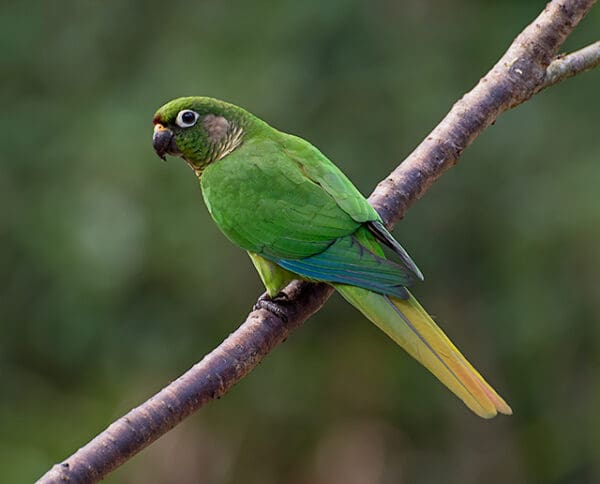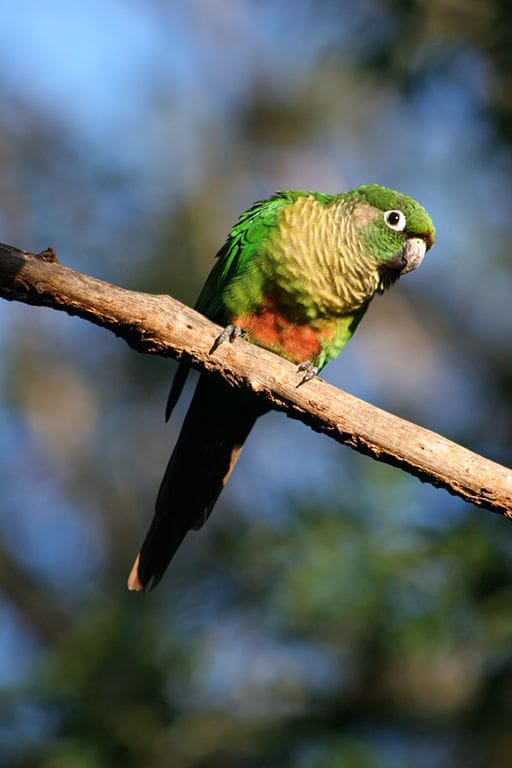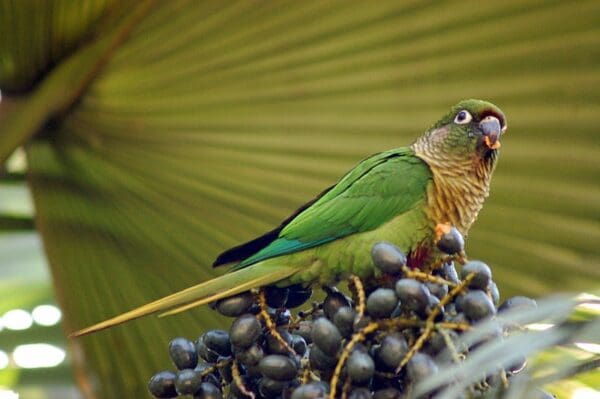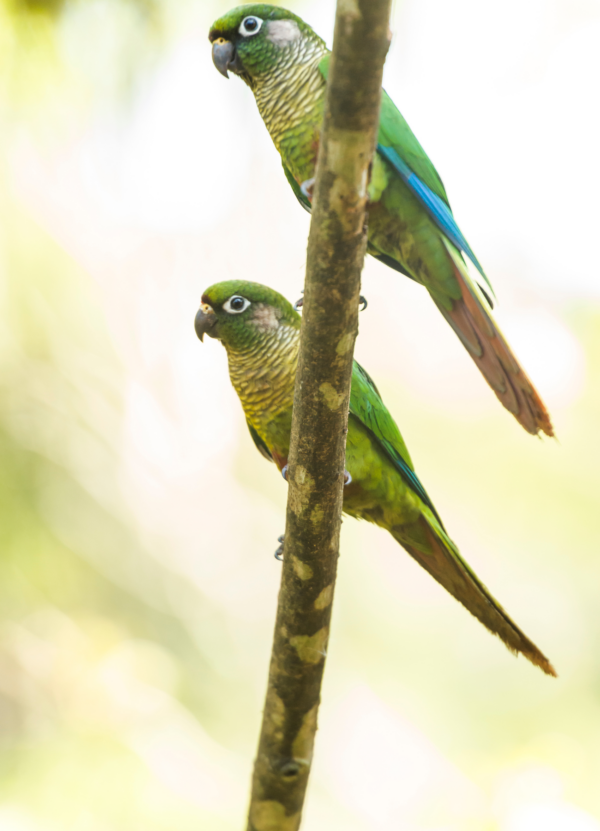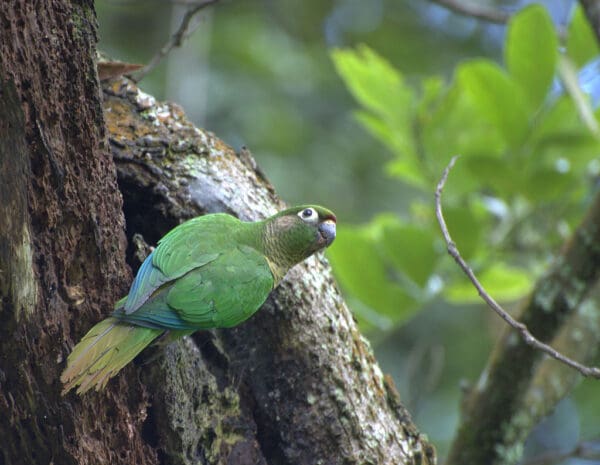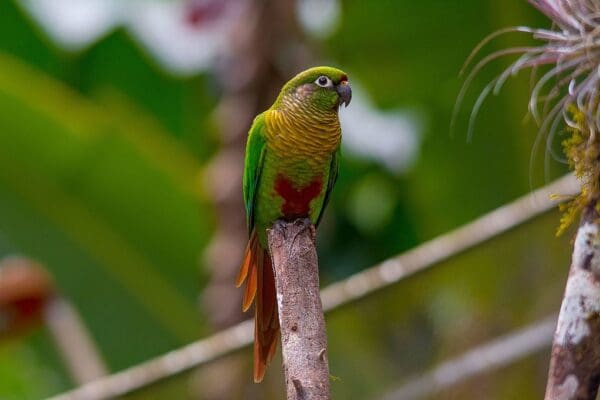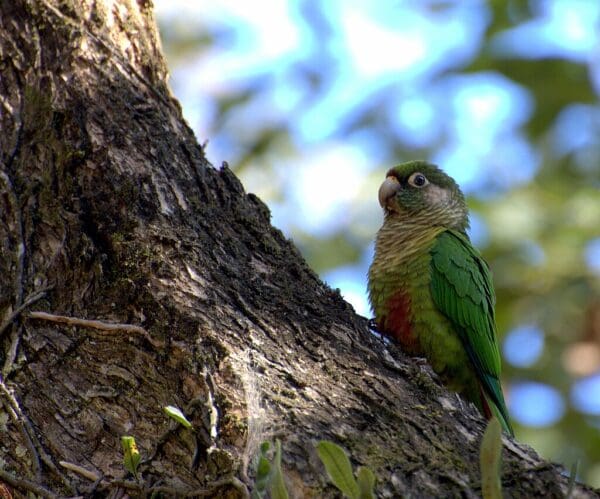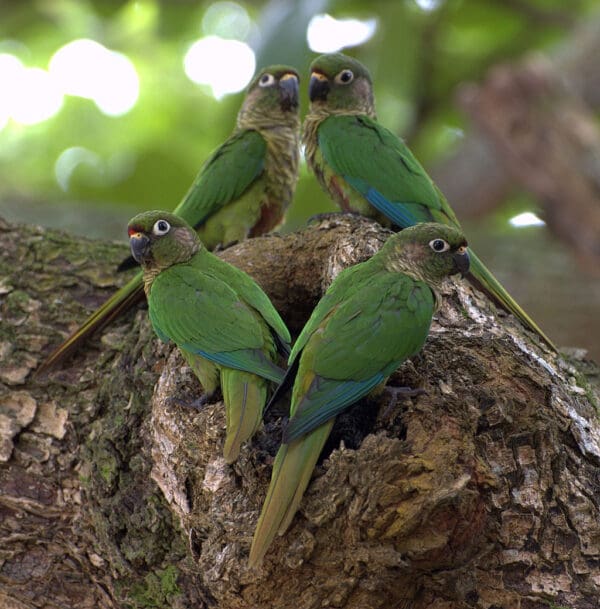Maroon-bellied Conure
Also known as:
Maroon-bellied Parakeet, Reddish-bellied Parakeet, Brown-eared Conure or Parakeet, Scaly-breasted Conure or Parakeet, Azara's Conure (P.f. chiripepe)
Also known as:
Maroon-bellied Parakeet, Reddish-bellied Parakeet, Brown-eared Conure or Parakeet, Scaly-breasted Conure or Parakeet, Azara's Conure (P.f. chiripepe)
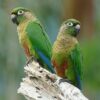
![© Ulrich Peters [CC BY-SA 2.0] via Flickr Wild Maroon-bellied Conures perch on a branch](https://parrots.org/wp-content/uploads/2023/01/wpt_Maroon-bellied-Conure_1331-16-100x100.jpg)
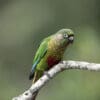
![© Dario Sanches [CC BY-SA 2.0] via Wikimedia Commons a wild Maroon-bellied Conure perches on a branch](https://parrots.org/wp-content/uploads/2023/01/wpt_Maroon-bellied-Conure_1331-10-100x100.jpg)
![© User:Sb616 (Own work) [GFDL or CC-BY-SA-3.0] via Wikimedia Commons A wild Maroon-bellied Conure perches on a branch](https://parrots.org/wp-content/uploads/2023/01/wpt_Maroon-bellied-Conure_1331-6-100x100.jpg)
![© Dario Sanches [CC BY-SA 2.0] via Wikimedia Commons A wild Maroon-bellied Conure feeds on fruit](https://parrots.org/wp-content/uploads/2023/01/wpt_Maroon-bellied-Conure_1331-14-100x100.jpg)
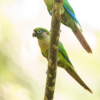
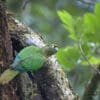
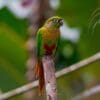
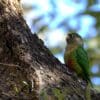
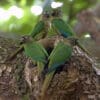
DID YOU KNOW?
Since 1981, when the Maroon-bellied Conure was listed on CITES Appendix II, 52,523 individuals have been recorded in international trade.

Pyrrhura

frontalis
Size:
26 cm (10.1 in)
Weight:
72-94 g (2.5-3.3 oz)
Subspecies including nominate:
three: P.f. frontalis, P.f. kriegi, P.f. chiripepe
Colour Adult:
P.f. frontalis: Both adults thin red/brown frontal band; green crown and cheeks to hindneck and mantle; grey/brown ear coverts; olive/brown breast, banded with yellow and tipped dark brown; brown/red centre of abdomen; blue/green primary coverts; olive tail, with wide brown/red tips. Beak brown/grey. Eye ring bare and white. Eye dark brown.
P.f. kriegi: Both adults as in frontalis, but tail narrowly tipped with brown/red.
P.f. chirpepe: Both adults as in frontalis, but only tail olive, without brown/red tip; orange/red bend of wing.
Colour Juvenile:
P.f. frontalis: As in adults but duller in colour; less abdominal patch; shorter tail.
Call:
Calls made in flight rapid and repetitious, and are screeches intermixed with longer, higher-pitched cries. Alarm call is sharp and brief.
More Information:
Content Sources:
CITES
BirdLife International
Cornell Lab of Ornithology/Birds of the World
A Guide to Parrots of the World, Juniper and Parr, 1998
Parrots of the World, Forshaw and Cooper, 1977. 2010 edition
Parrots of the World, Forshaw, 2006.
Parrots in Aviculture, Low, 1992.
Psittacine Aviculture, Schubot, Clubb and Clubb, 1992.
Captive Status:
Common
Longevity:
25-30 yrs
Housing:
Aviary or suspended enclosure, minimum length 2 m (6.5 ft).
Diet:
Fruits such as: apple, pear, orange, pomegranate, cactus fruits, forming about 30 percent of diet; vegetables such as: carrot, celery, green beans and peas in the pod; corn; green leaves such as: Swiss chard, lettuce, sowthistle, dandelion; spray millet; small seed mix such as: millet, canary and smaller amounts of oats, buckwheat, safflower and a little hemp; soaked and sprouted sunflower seed; cooked beans and pulses, boiled maize and complete pellet.
Enrichment:
Socialization, bathing under overhead misters or in shallow water bowls. Provide bird-safe, unsprayed branches of pine, elder, willow and fir, as well as heat-sterilized pine cones. Provide wood block toys, vegetable tanned leather toys, puzzle and foraging toys.
Nest Box Size:
Vertical box 12″ x 12″ x 18″ (30.5 cm x 30.5 cm x 46 cm).
Clutch Size:
4-6
Fledging Age:
7-8 weeks
Hatch Weight:
—
Peak Weight:
—
Weaning Weight:
—
World Population:
Unknown, stable.
IUCN Red List Status:
Least Concern
CITES Listing:
Appendix II
Threat Summary:
Not globally threatened. In many parts of S Brazil, it is one of the most common parrots; also frequent in Misiones, Argentina, becoming rare at the edges of its range in Uruguay and with no recent records from Santa Fe, Argentina. Rare to non-existent in some places due to logging for agriculture. The species has been heavily exploited: since 1981, 52,523 wild-caught individuals have been recorded in international trade; from 1985 to 1990, 29,678 birds were exported from Argentina.
Range:
P.f. frontalis: SE Brazil from S Bahia and E Minas Gerais to Rio de Janeiro.
P.f. kriegi: SE Brazil, from W Minas Gerais to Rio Grande do Sul.
P.f. chiripepe: Uruguay, N Argentina and S Paraguay.
Habitat:
Found up to 1400 m (4592 ft) in a variety of woodland, forest, forest edge and pantanal habitats.
Wild Diet:
Diet includes Araucaria nuts and fruits of Campomanesia xanthocarpa and Podocarpus lamberti, palm nuts, Myrciara fruits, cultivated oranges and persimmons, maize, and Homoptera larvae in galls. Also pulp of Euterpe edulis, seeds of Schinus, Xylopia, Cecropia, Alchornea, Croton, Hieronyma, Tetrorchidium, Miconia, Tibouchina, Piptadenia, Coussapoa, Ficus, Myrcia, Psidium, Pinus, Merostachis, Solanum, Trema, flowers of Ambrosia, Piptocarpha, Vernonia, Norantea, Eucalyptus, and arils of Protium.
Ecology and Behaviour:
Social; usually found in flocks of 6-12, sometimes up to 40 birds. Visitor to gardens and urban parks.
Clutch and Egg Size:
4-7 rounded eggs, 26.0 x 21.0 mm (1 x 0.8 in).
Breeding Season:
October-December. Nest is in tree hollow.
Related Links:
—
